The content of the article
In late summer and early autumn, very tasty, rich in vitamins and relatively inexpensive vegetables ripen - eggplant. Being one of the lowest-calorie diet foods, it helps the body get rid of an excess of cholesterol, remove bile, and normalize digestion. Vitamins B and C contained in it, potassium, phosphorus, calcium, fiber, pectin are especially useful for diseases of blood vessels and heart, metabolic disorders, for the prevention of anemia, atherosclerosis, osteochondrosis, gout. Eggplant is recommended for people who quit smoking, as the nicotinic acid they contain helps to tolerate a lack of nicotine.
This is an unusual vegetable that does not have an individual smell, but accepts the tastes and aromas of neighboring products. When preparing and preparing meals, this feature must be taken into account.
In order for the largest amount of useful substances to remain in the vegetable, they must be properly stored, because it will not be fresh for long.
Often, housewives with pleasure prepare for the winter, lecho, caviar, various snacks from fried and stewed eggplants. Recently, many have the opportunity to purchase a freezer or a large refrigerator - and freezing has become a great way to make supplies. This helps to save your time and energy, and always have the necessary vegetables on hand.
Procurement options
Many people think that before freezing, blue ones must be subjected to heat treatment: cook, fry, blanch, stew or bake. And they are absolutely right, because the fresh eggplant preserved in this way during further preparation becomes “rubber” and worsens its taste.
For harvesting in frozen form, it is necessary to select the freshest, youngest vegetables with a thin elastic skin, since when they mature, they accumulate solanine, and the flesh acquires bitterness, which does not disappear when frozen. Eggplant can be prepared in its entirety, or by cutting them in a way that will be convenient for further use.
How to Freeze Blanched Eggplant
Pour water into a suitable container, waiting for it to boil, dip the chopped vegetables there, and blanch for 5 minutes, then put in a colander or sieve and let the water drain completely. Ready eggplants must be laid out on a flat dish and allowed to cool for 1-3 hours, then distributed in packets in such quantity that will be enough for a single use.
How to Freeze Baked Eggplant
Young eggplants that do not have a bitter taste can be frozen in baked form. Put a little vegetable oil on a baking sheet, put eggplant and bake in the oven. After cooling, peel them from the skin, which is very easily removed and, packing each vegetable separately in polyethylene or slicing portionwise, put it in storage.This method is convenient in that, if necessary, you just need to pull out the finished eggplant, slightly defrost it and use it as you wish.
How to Freeze Fried Eggplant
Before frying, you need to prepare the eggplants: wash them, cut into slices and, if they have a bitter aftertaste, sprinkle with salt, squeeze out after 30 minutes. Then fry the eggplant in sunflower oil. Since these vegetables absorb a lot of fat during frying, it is necessary to put them in a colander after cooking and let the excess oil drain. Finished eggplant is distributed in plastic containers or plastic bags, packaged and stored for storage in the freezer section of the refrigerator. It is quite simple to prepare the eggplants prepared by this method for use, you just need to heat them up, add salt and add your favorite spices.
Eggplants will turn out to be much more appetizing if you first boil them a little, dry them, and then fry them. It is possible to harvest vegetables by frying in the oven. Grease a baking sheet with vegetable oil and lay out raw or blanched vegetables, bake for about 30-35 minutes. For uniform cooking, you need to mix them from time to time. Before sending eggplants to the freezer, completely cool and pack in plastic containers with lids.
How to freeze dried eggplant
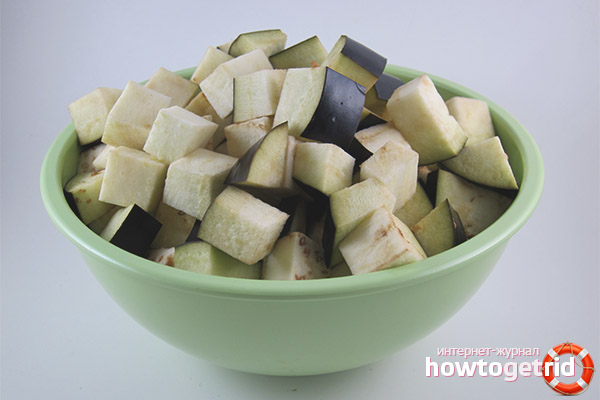
It would seem that the above methods of freezing eggplant are very simple to use, but sometimes it happens that some housewives do not have enough time even to fry or blanch the eggplant, then drying comes to their aid. It is great if among the kitchen appliances there is a dryer for vegetables or hot grills, but if they are not there, you can just as well use an ordinary oven.
Before drying, the eggplants should be washed, peeled and cut. Put slices on a slightly greased baking sheet and cover with foil on top. Preheat the oven to 60 degrees and place the eggplant in there, leaving the door ajar. After an hour, take out the finished product, allow to cool and pack for subsequent freezing.
How to Freeze Raw Eggplant
It is undesirable to freeze fresh eggplants, they will not be as tasty as prepared in other ways. But, if there is a need for this, it is important to take into account several nuances.
First you need to wash the fruits and dry with napkins, then remove the legs, if desired - peel and cut the vegetable into circles. If subsequently the eggplant is used in stews or salads, then you can immediately chop the fruits into small pieces. Salt the vegetables and place them on a towel or paper tablecloth to remove excess water from them, which will turn into ice during freezing. After the eggplants have dried, pack them loosely in bags to prevent freezing, and place them in the freezer.
How to thaw eggplant properly
It is best to eggplant thawed gradually, being on the middle shelf of the refrigerator or at room temperature. When defrosting fresh fruits, in no case should you fill them with water, since in this case all useful substances will be washed out of them.
In a microwave oven, it is not recommended to defrost eggplants, since with this method they will become loose and watery.
Video: how to freeze eggplants for the winter

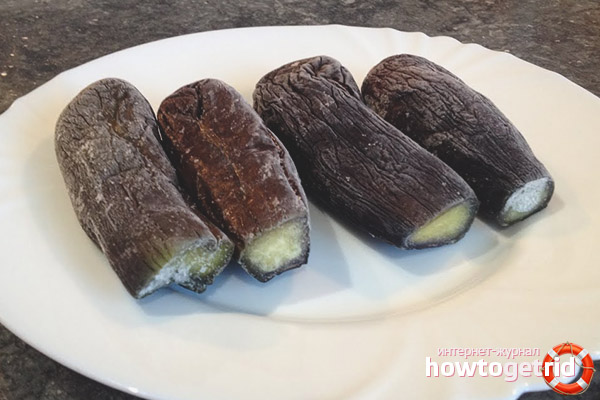

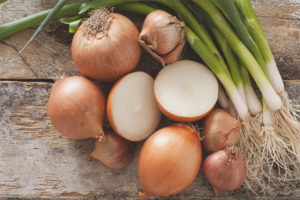
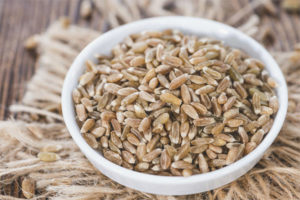
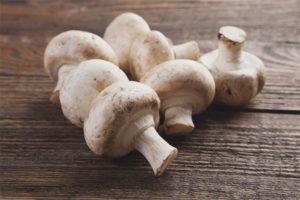
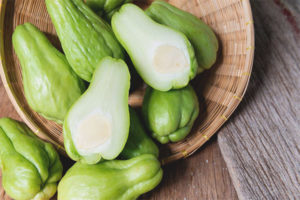

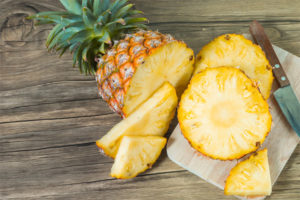

Submit